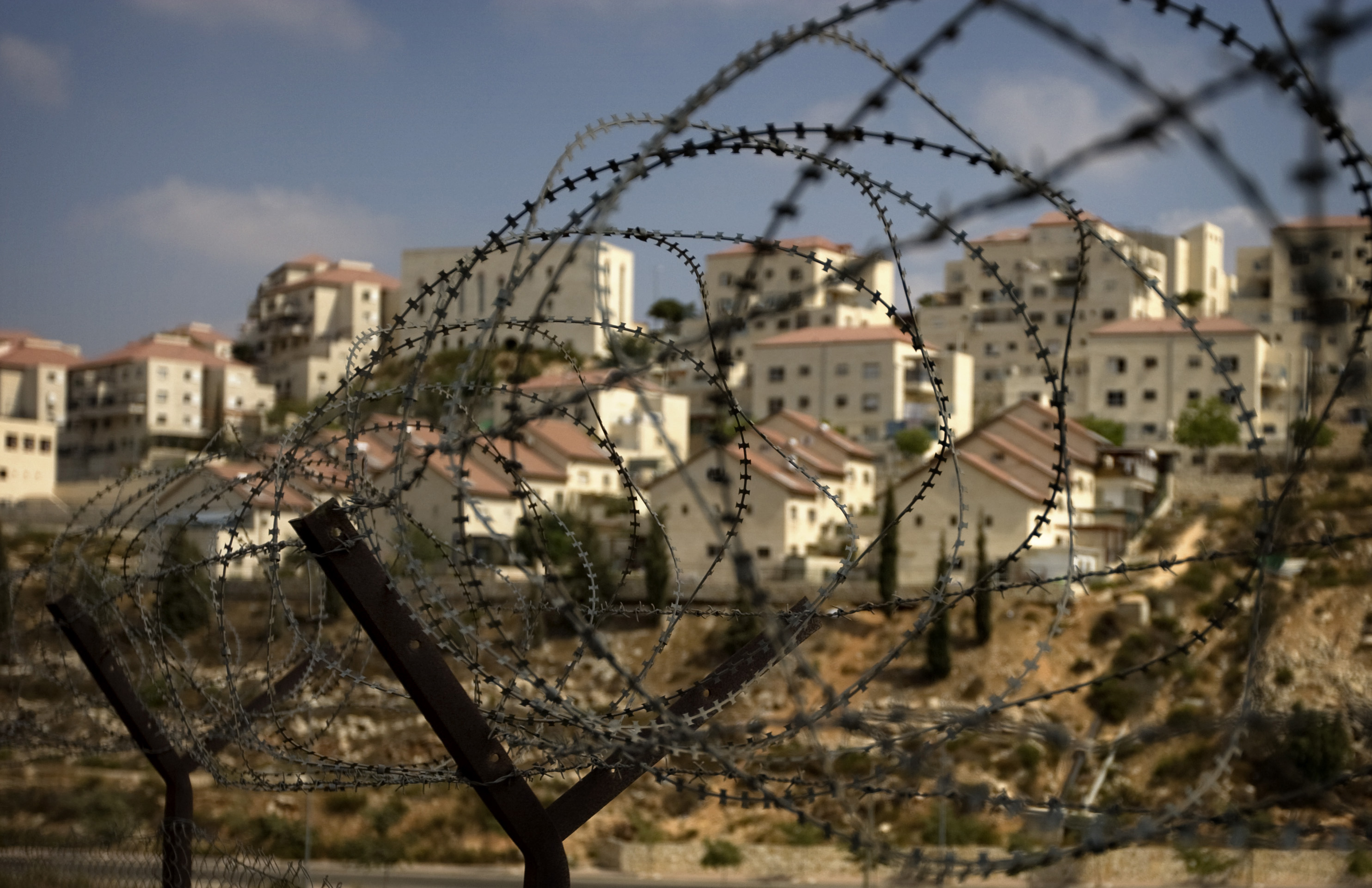IMPORTANT TO READ AND CRITIQUE THE FOLLOWING OFFICIAL UN DOCUMENT:
Leave No One Behind: A Perspective on Vulnerability and Structural Disadvantage in Palestine
This United Nations (UN) Common Country Analysis (CCA) examines the state of development in Palestine* as the Israeli occupation of its territory enters its 50th year.
The report focuses on the most vulnerable groups in Palestine and seeks to identify the key drivers of their vulnerability and the challenges they face under Palestine’s current development course. In the context of the 2030 Agenda, the report analyses why some groups in society are systematically more disadvantaged than others in accessing Palestine’s development gains.
This report will serve as the analytical basis of the UN’s development strategy for Palestine for the next five years, to be elaborated in the next United Nations Development Assistance Framework (UNDAF) for the period 2018-2022.
Its findings also bolster Palestine’s historic accession to seven of the nine core human rights treaties during 2014, and respond to the Government’s new National Policy Agenda, which seeks a more ‘citizen-centric’ development path.
The deliberate focus on systematic disadvantage and vulnerability in this analysis derives from the Sustainable Development Goals (SDGs) and the 2030 Agenda imperative to leave no one behind on the path of progress.
Any discussion of development in Palestine must start with the fact that the largest and most visible constraint on Palestinian development is the occupation. After nearly 50 years of occupation every Palestinian living in the occupied Palestinian territory (oPt) is vulnerable to some degree. Though the occupation affects different groups of Palestinians in unique ways, for most Palestinians there is scarcely any sphere of life that the occupation does not touch.









